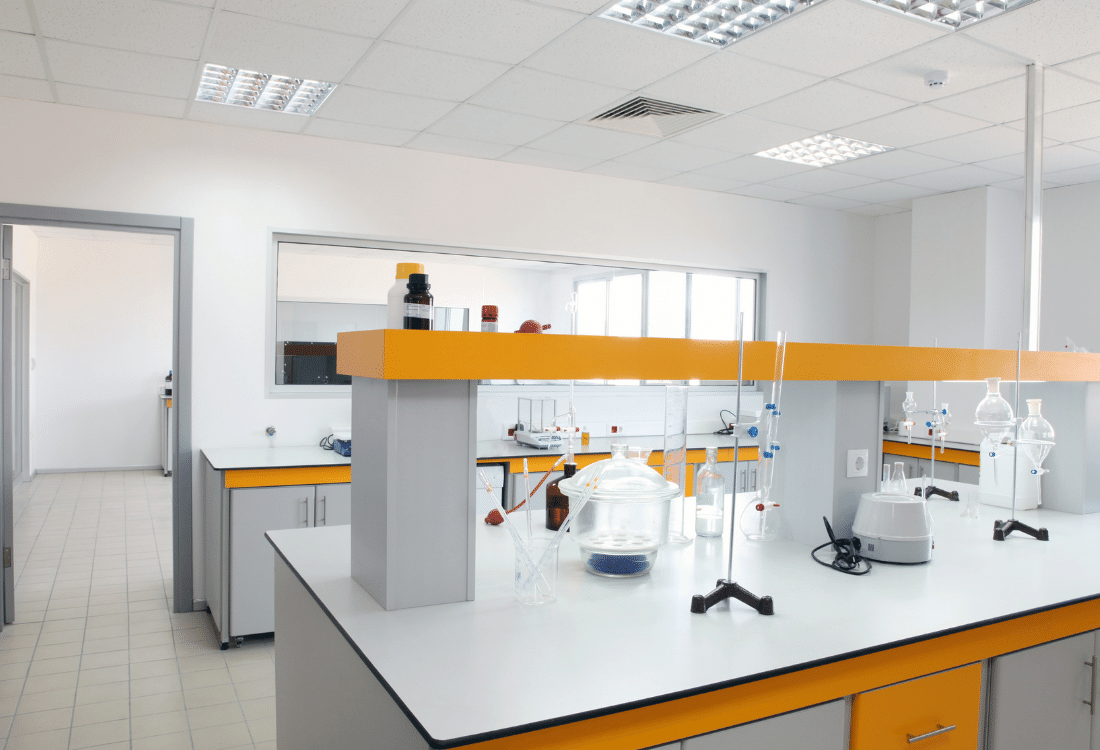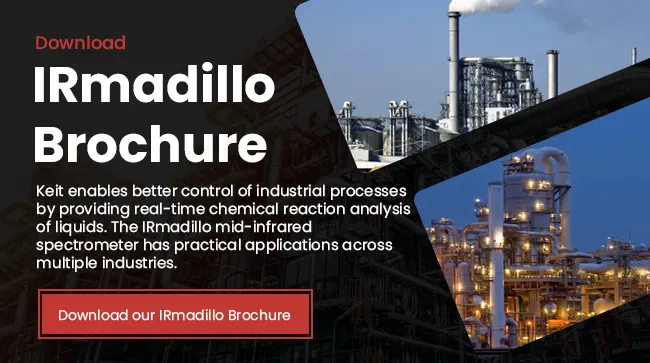
4 Strategies To Help You Achieve High-Quality Results With Limited Lab Resources
Operating with limited lab resources can present challenges, but it doesn't have to hinder your ability to achieve high-quality results. Even with a tight budget, there are ways to effectively support and stimulate process improvements. These include; making better use of existing resources, identifying improvements with the highest impact, and prioritizing initiatives according to the expected return on investment (ROI).

In this article, we’ll explore four effective strategies for lab optimization to help you achieve high-quality lab results, even if resources are in short supply.
1. Prioritize Your Workload
With limited resources, it's crucial to prioritize your workload and focus on experiments that will have the most significant impact on your research goals. Identify the critical areas that align with your objectives and allocate your resources accordingly. For efficient task management and collaboration, you can even use project management software such as Asana, Jira, or Trello. By concentrating your efforts on priority tasks, you will increase the likelihood of attaining high-quality results in the most important areas of your research.
2. Invest in Quality Equipment
When conducting scientific research, it’s imperative that experiments yield reliable and credible results. Investing in high-quality equipment is crucial as outdated or malfunctioning equipment can produce compromised data and lead to downtime and unplanned costs. Budget constraints may limit options, but it's crucial to have the necessary tools and upgrade essential equipment as needed. Give priority to the equipment that will directly impact the research quality, ensuring that it is well-maintained and correctly calibrated.
Additionally, consider innovative solutions that will enhance your analysis processes. For example, incorporating in-line analyzers, such as the IRmadillo FTIR (Fourier transform infrared) spectrometer, which provides real-time data without the need for manual sampling. This can reduce your team’s workload while ensuring accurate and timely results.
3. Embrace Digitalization
Digitizing your lab processes is another effective way of improving lab efficiency and productivity. Although time-consuming to implement, digitization offers many benefits, including:
- Improving the availability and transparency of data through laboratory information management systems (LIMS) and electronic lab notebooks (ELNs).
- Automating data analysis to minimize errors and save time.
- Promoting collaboration among team members.
- Maximizing storage space which reduces long-term costs and improves laboratory versatility.
- Reducing paper waste to improve your lab’s green credentials.
4. Optimize Workflows
Streamlining laboratory workflows is essential for improving efficiency and making the best use of limited resources. First, assess routine procedures and tasks for simplification or automation to free up staff from time-consuming or repetitive work, enabling them to focus on more valuable responsibilities. Evaluate how resources are currently used to identify areas where they are underutilized, as this will enable you to make the best use of your assets and achieve better cost-efficiency.
Arrange A Trial Rental Of Our IRmadillo Spectrometer
If you would like to find out more about the benefits of the IRmadillo in-line analyzer, please visit our website or contact Keit today.
 Image Source: Canva
Image Source: Canva
